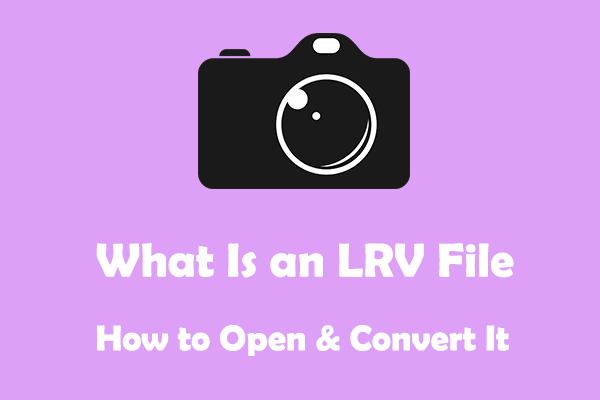
Acceptable frame rates vary depending on the specific video clip. However, reducing the frame rate may affect the smoothness of the playback. Lowering the frame rate of your video to 15 or 10 fps can reduce the file size by as much as ½ or 2/3. US television has a frame rate of 30 frames per second (fps), while films in theaters are usually shown at 24 frames per second. The frame rate has a significant impact on the file size. The frame rate is the number of frames displayed per second.
#Go pro video format file series#
When you reduce the resolution from 640 X 480 to 320 X 240, both the height and width are reduced by a factor of 2, reducing the file's size to ¼ of the original.ĭigital video is actually a series of images, which change rapidly and give the illusion of motion. You can reduce the resolution of the original AVI file to significantly decrease the file size. However, the higher the resolution, the larger the file size will be.


The higher the resolution, the sharper the picture.
#Go pro video format file tv#
The resolution of standard TV is 512 x 492 pixels, a US DVD 720x480, and high-definition TV (HDTV)can be as high as 1920 x 1080. The "resolution" is the size of the video image, expressed in pixels (dots). Some ways to reduce the size of AVI files are: Flash Video is rarely used for non-streaming applications. Created specifically to use with Adobe Flash in web applications, it was designed from the bottom up for streaming over the Internet. It is one of the most popular choices for video email, web video, and permanent storage on a PC.įlash Video (FLV) has become the format of choice for web video applications. WMV provides good quality with extremely small file sizes. If you need to use the AVI format then continue reading.
#Go pro video format file windows#
Both Windows Media and Flash Video are excellent alternatives when distributing video files. If you do not need to use the AVI format then I suggest that you convert your AVI files to a different format using Digital Media Converter Pro. AVI files are not a good choice for distribution because file size is simply too large, even with compression. The AVI format is very flexible because you have a choice of several different compressors to balance file size against quality. This article discusses three popular file formats, and some ways in which you can significantly reduce file sizes using Digital Media Converter Pro.ĪVI stands for Audio Video Interleaved.

Today, there are lots of video formats available. Though the Internet bandwidth available is always increasing, and storage devices like large hard drives and DVDs become less expensive every year, a typical video continues to take up 'too much space'. They can also be almost impossible to distribute over the Internet. They fill up your hard disk, slow down your PC, and gets too big to copy to other computers. Video files are among the largest files there are on a PC. These three words ring especially true for video files.


 0 kommentar(er)
0 kommentar(er)
